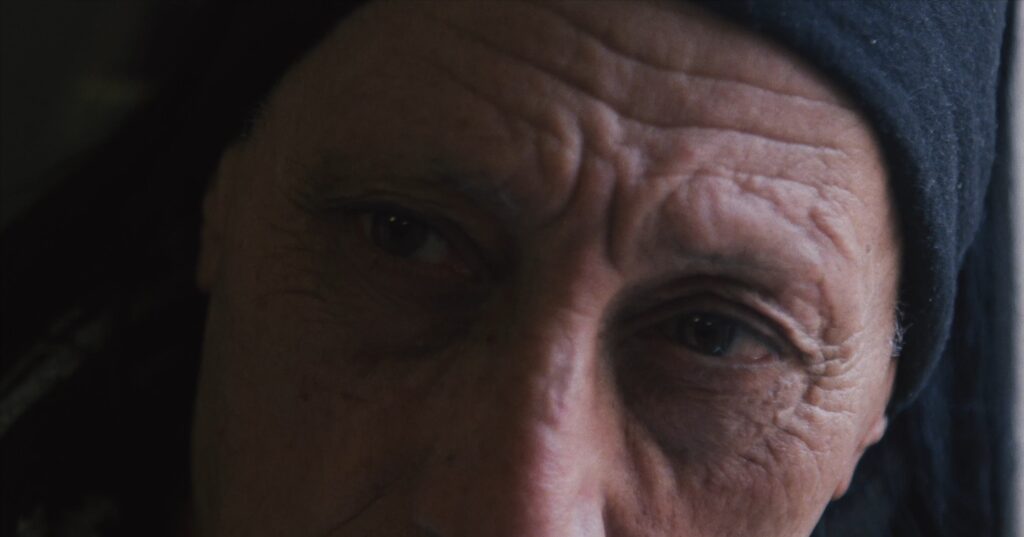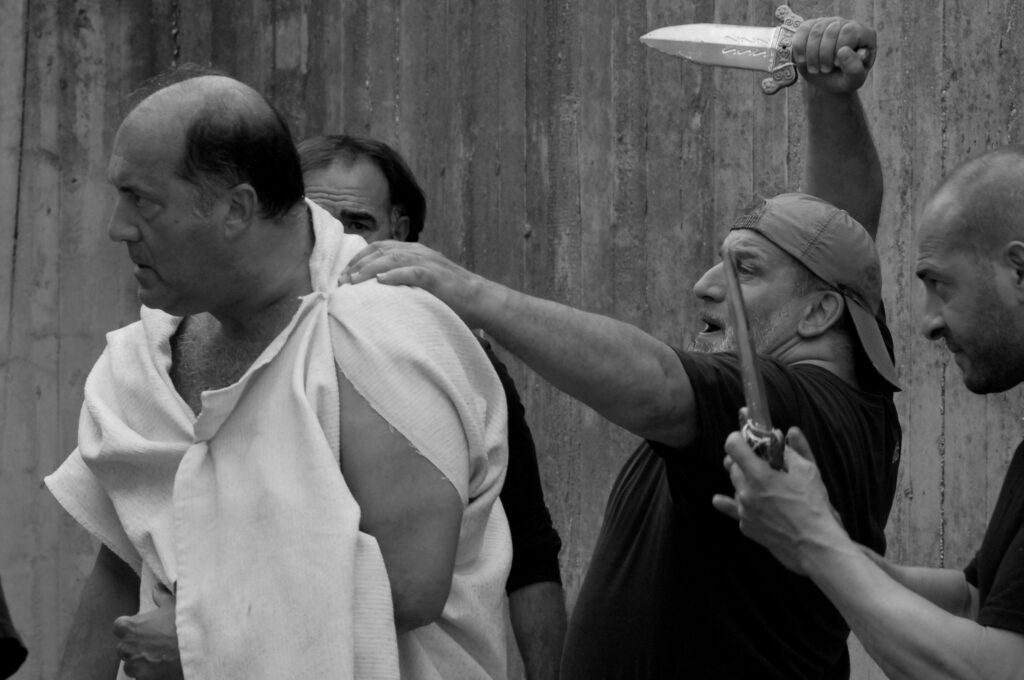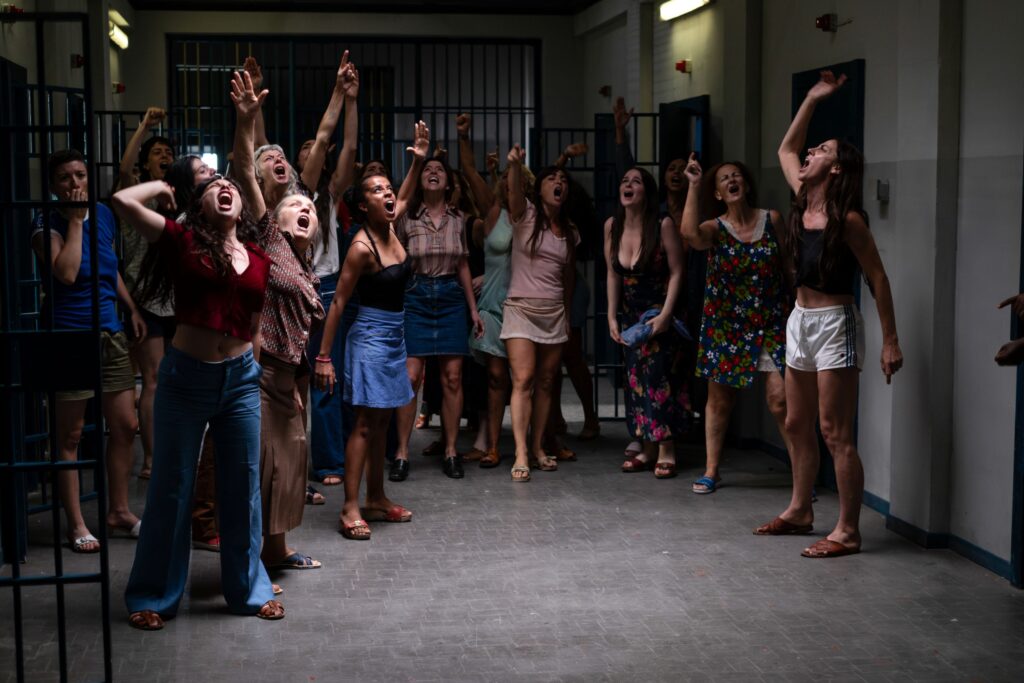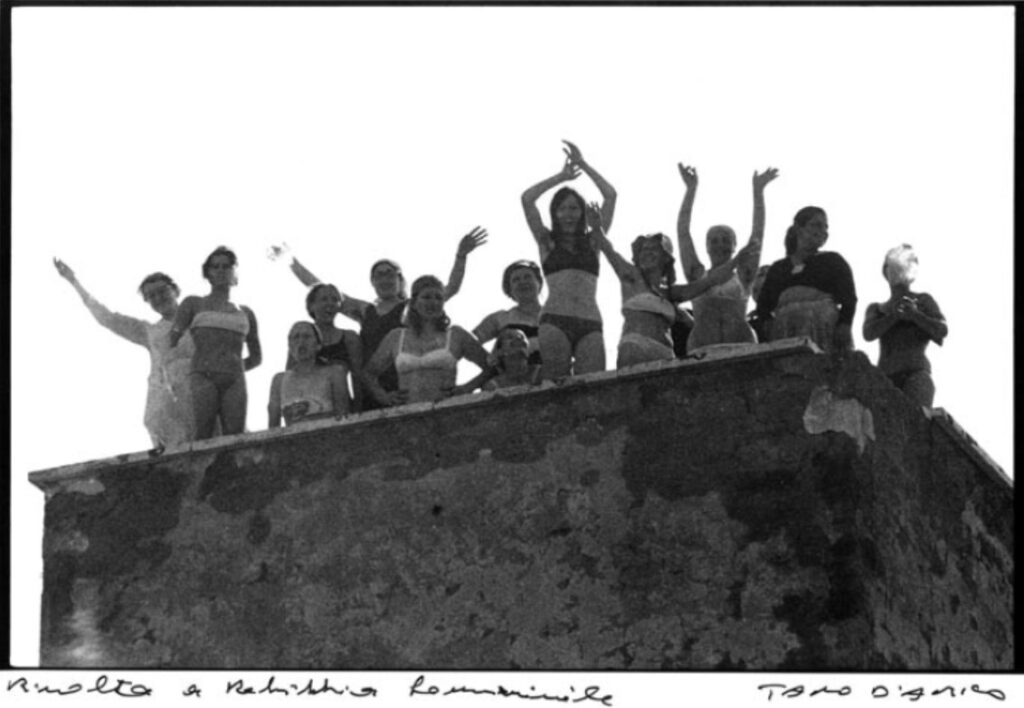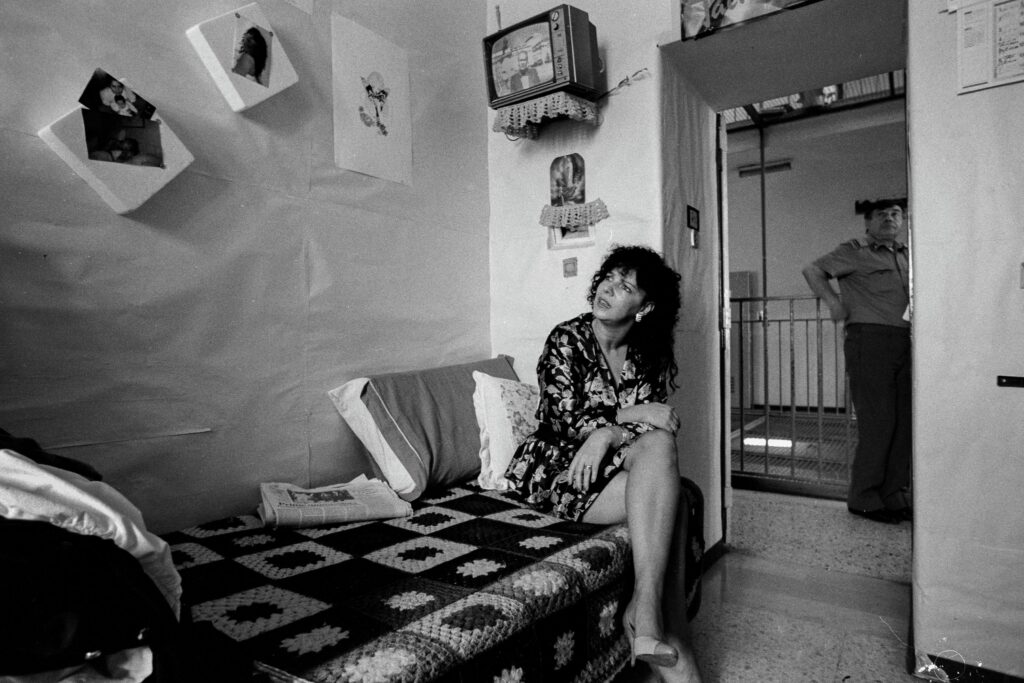Heavy Bass, Diaspora Roots: Inside the Competitive World of Kitipó Culture in La Spezia and Beyond

“NO ME IMPORTA NAAAAA-DAAAA,” the crowd roars along with DJ Adoni’s voice. A sea of Dominican descendants and island migrants chant loud enough to make the sound ripple through the air, causing echoes across North Philadelphia blocks from this lot on Hunting Park Avenue. As I sing along to the chorus, which loosely translates to “I don't care about anything,” all I can think about is how deeply spiritual this feels. How grounded I am in this moment. How connected I feel to the island that birthed my parents and the culture that raised me. To facilitate this feeling is the main character: the kitipó.
A DIY transformer car of sorts, often existing in bright, electric colours; the kitipó isn't just a vehicle, it's a Dominican sound machine—a car adorned with colossal speaker setups, specifically designed to project sound at incredibly high volumes. This all-consuming, bodily experience provides impact through your chest, a result of the thunderous volume projected from the system. The sound is by design, and every piece has its function, targeting a direct feeling throughout the masses: alive, raw, and, most importantly, unapologetically Caribbean.
In a declaration of identity and community in motion, a kitipó gathering known as chipeo is a cultural kickback embedded in the custom modifications of Dominican car audio systems. I proudly look around as I witness the first chipeo I ever planned and the happiness, celebration, and most importantly, liberation felt among my community. At this moment, we have forgotten our troubles and worries. Here we are free. We move, we dance, and right now we just are. In a country that often tries to silence, police, or erase us, blasting our music through a wall of speakers in a public setting is not just loud noise, it's radical resistance. There’s power in curating a space that reflects who we are. There’s healing in basslines. There’s freedom in dembow. Every time we hit play, we remind the world that we are not going anywhere.
There’s healing in basslines. There’s freedom in dembow. Every time we hit play, we remind the world that we are not going anywhere.
While honouring lineage through expression, this phenomenon is simultaneously rooted in both street culture and status, playing a major role in Dominican expression, affirmation of roots, and music distribution throughout the Dominican diaspora, including in the coastal city of La Spezia, Italy, a Little Dominican Republic renowned as being home to the biggest Dominican community in Italy.
“It’s a huge scene here, full of passionate Dominicans organising music-centred events across different parts of Italy. These events bring the joy, music, and aesthetic of what it’s like to be back home (in the Dominican Republic), but in a neutral setting where people can share with family and friends. The community is growing every day, and Italians, who aren’t used to this type of visual and cultural impact, end up having it etched in their memory,” shares Dominican producer and La Spezia native Blaze Drumz. “I always describe it the same way: it’s an opportunity for people unfamiliar with these sounds or events to learn, to feel what a day in Santo Domingo is like, and to enjoy a moment of escape with a beer in hand and some pica pollo (fried chicken) to eat. These experiences are unique, and they awaken curiosity and a sense of belonging in those who witness them.”
There’s no doubt that crowds go to enjoy music, dance, and most importantly, witness whose system hits the hardest, clearest, and loudest.

This sonic spectacle is often held in open spaces, like parks, and throughout the diaspora, it can even take place indoors in warehouses during the cold winter months. Anyone linked to a Dominican community across regions, borders, and overseas can describe the feelings that travel through airwaves, echoing through buildings, streets, and corners of the globe, from the homegrown merengue típico, bachata, and Dominican dembow, to techno and salsa. Popular in Dominican hubs throughout the Caribbean and East Coast of the United States, it has also naturally migrated along with the Dominican community to La Spezia, Italy.
“It’s the most concentrated Dominican community in all of Italy, with around 3,000 Dominicans as of 2021,” shares Blaze, who migrated to Italy in 2010. As a producer, he has worked with many recognised artists such as Don Chezina, Rochy RD, and Dixson Waz, and Italian artists like Samuel Heron, Disme, Dani Faiv, Samuel Costa, Axel Cooper, Bellaespo, DJ Tronky, and DJ York, to name a few. For him personally, his participation in kitipó culture becomes a powerful celebration of who he is and where he comes from: San Francisco de Macoris, República Dominicana—a city located in the Cibao region on the northeast portion of the island. Coincidentally, El Cibao has direct ties to the origins of this car system culture.
Arturo Abreu, a Santo Domingo, Dominican Republic native and seasoned musicólogo—the owners and sound engineers behind the outfitted cars—explains the history he knows well: “The concept of adding a kitipó in a car originated in el Cibao, where sound boxes (kitipó) were first installed in small vehicles. Since these cars couldn't fit many speakers inside, people began mounting kitipó systems on the roofs.” This was inspired by baseball players at the time, who glamourised high-powered car systems in the mid-90s and early 2000s. For those who didn’t have the luxury of Jeeps and big vehicles, the kitipó became essential to recreate this sonic environment and would later take form on anything a Dominican native had access to, from a horse to a portable fridge. “At that moment, the radio moved from inside the car to the outside,” Arturo adds, “this allowed the person playing the music to both hear it clearly and manually adjust the sound levels on the spot.” The term “kitipó” is directly tied to this action as it's a slang portmanteau that blends the words “quita,” which means to remove, and “Pon,” to place.


Today, what began with kitipó boxes strapped to the roofs of small cars, allowing enthusiasts to equalise and adjust sound in real-time, has become a competitive sport even beyond the gatherings. At times, the sound box, which is hand-built from MDF or plywood, is tuned for airflow and resonance, representing a community deeply rooted in craft. Builders fine-tune the sound using equalisers, crossovers and digital signal processors. While it is DIY in principle, it does require complex technical skills, and regardless of your social class, the goal is always the same: to show out and be loud. Every detail matters, and each car makes its own statement, showing up as a reflection of its owner’s authenticity. Hence, creating a personal statement.
For those with fewer resources, Facebook Marketplace and eBay have become a staple for sourcing parts. In terms of logistics, amps are the pulse of it all. Brands like Taramps, Banda, and Soundigital are synonymous with the culture and are all used to push thousands of watts (10,000 to 30,000 to be exact) through custom speaker boxes. Each amp drives an entire frequency set, carefully calibrated for balance and dominance. The cars are also styled with high-output alternators and deep-cycle batteries to control the wattage needed for the vehicles. Some setups can easily have over 10 wired batteries to keep the system running without killing the engine.
The musicólogos behind the mobil car systems blur the line between DJ and engineer, carefully curating tracks to either flex and highlight specific instruments—the sharp scrape of the Dominican güira found in merengue típico and bachata or the knock found in a dembow kick, as well as to overpower with sheer volume. Through music and dance, the gathering and competition not only become a deep diasporic expression of Dominican identity but also survival and joy for immigrants who left their native towns and cities in search of new opportunities in foreign lands.
The kitipó became essential to recreate this sonic environment and would later take form on anything a Dominican native had access to from a horse to a portable fridge.
“The culture among musicologists here (USA) and everywhere else is quite similar because we share the same music and same drive to constantly innovate,” shares Franklin Torres, an instrumentalist and musicólogo who moved to Philadelphia, Pennsylvania, from his town of Moncion in his youth. “Our love for music is something we carry inside. As a musicólogo, we live in competitions and when we play and share music, we feel connected to Dominican culture.”
The relationship between spectator and battle is nothing new. From gladiator duels in ancient Roman arenas to modern-day boxing matches, audiences have long been drawn to the thrill of confrontation. In chipeo’s, the weapons are bass lines and high frequencies, and the arena manifests in lots and parks. Competitions are often led by one to three judges and follow a structured format. Each participating car plays five tracks across different genres, with judging focused primarily on sound quality at all times on a consistent volume. The final round usually features a techno track, where all cars play simultaneously, while they are judged on sound quality and volume—who is the loudest matters.
“For me, the exciting thing about competition is the moment you experience when you’re there competing,” says Torres. “Music isn't something to fight about or get bitter about, but rather something to experience and enjoy. You enjoy the competition because that’s when you realise what you’ve got and say, wow, I feel so good.”


One can say that the culture is deeply entangled with the male ego and the pursuit of status performance. For many musicólogos, their sound systems are extensions of self that declare taste, wealth, and power. As producer Blaze stated: “There’s a wanting to outdo one another, to look better, to sound better. It creates a space where everyone needs to stay updated with the best audio equipment and public image. The uniqueness and exclusivity of it in this territory make it stand out.” The reality is that, in working-class communities, where access to luxury or social capital is limited, investing 10s of thousands into this culture becomes both a rebellion and a badge of achievement. The battle isn’t just musical; it’s symbolic, and within this culture lies an entire ecosystem of labour, logistics, and perpetual maintenance.
The custom-built machines require teams of installers, months of coordination, and expertise in acoustics. Franklin broke it down: “In truth, a musicologist never has an exact price because one is always adding things, it may be pricey depending on taste. Music is an expensive hobby. I would say that typically around 35 thousand is spent on a project; it all depends on the brand, the quality of the speakers, and other necessary purchases. Many vehicles have twice that price.” The process is ongoing, making the projects lifelong investments that create lifelong cultural identity.
These investments become risky when the policing of noise, especially in marginalised communities, plays a critical role in the friction between musicólogos and the police. Musicólogos with larger, more elaborate setups usually gather during the day at sanctioned car shows, where permits offer a layer of protection from law enforcement. Meanwhile, those with more modest car systems often meet at night, relying on word-of-mouth and less formal spots with no permits. Tension with police is constant, and when intervention takes place, music is shut down and in more serious cases, the equipment is seized—a devastating blow for anyone who’s poured thousands into building their sound system.
In a world that often silences and surveils marginalised communities, these systems become tools of resistance that generate euphoria and shared happiness.
Noise as loud as 70 decibels (dB)—the unit used to measure sound density—is considered a public disturbance. In a city like Philadelphia, for example, the city’s code chapter 10-400 entitled “NOISE AND EXCESSIVE VIBRATION,” outlines which kind of noise and dB is considered an exception, disturbance, or, as it states, “harmful and detrimental to the health, welfare and safety of its inhabitants.” A sound that measures 100 times more than a 0 dB sound measures 20 dB, not 100. Every 10 dB added is 10 times more powerful, not just a little louder. When musicólogos say their car hits 160 dB, they are announcing their car is ready to compete and designed to push the limits of volume, presence and pressure. That dB can also cause hearing damage instantly, as of late, it has been encouraged to wear earplugs at gatherings.
“I think we should come to an agreement. While I know some musicólogos disturb people who are sleeping, there's also the reality of music being fun, that’s ours, and we should have the right to enjoy it and demand space to have a good time. We musicólogos just want to have a good time and not hurt anyone,” shared Franklin.
Respecting residents and exercising the right to celebrate culture shouldn’t be mutually exclusive; both can and should co-exist. It’s possible to maintain harmony with neighbours while still carving out space for cultural liberation and collective joy. At its core, kitipó culture is about visibility, belonging, and self-determination.
In a world that often silences and surveils marginalised communities, these systems become tools of resistance that generate euphoria and shared happiness. Regardless of whether it’s in a park in La Spezia, a warehouse in Philadelphia, or a street corner in Santo Domingo, chipeo’s provides a space for the diaspora to assert its presence unapologetically. They are both cultural battlegrounds and symbols of resilience, reminding us that even in exile, Dominican culture doesn’t just survive, it resounds, reclaims, and redefines its identity and history. It’s a ritual of bass and pride.
